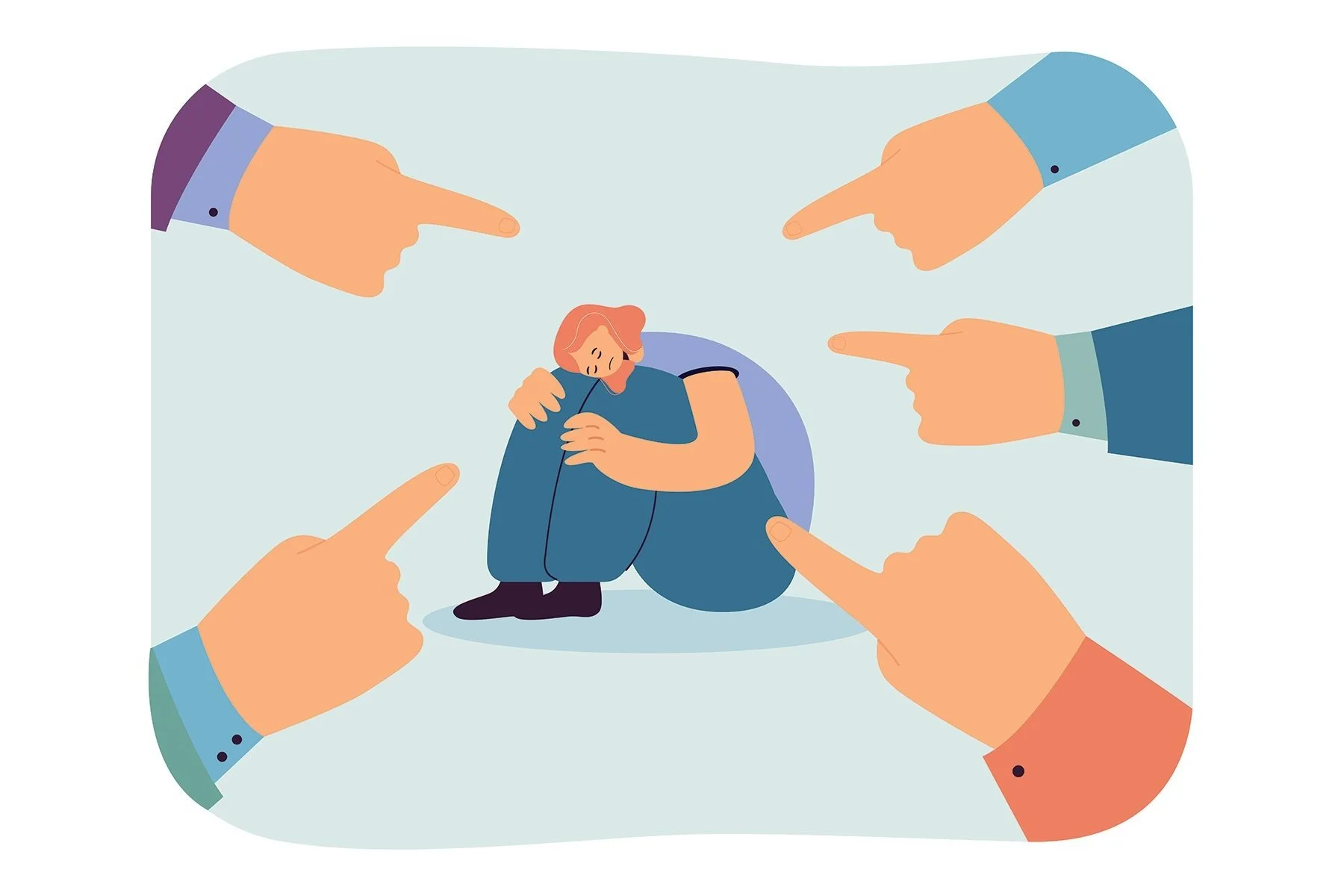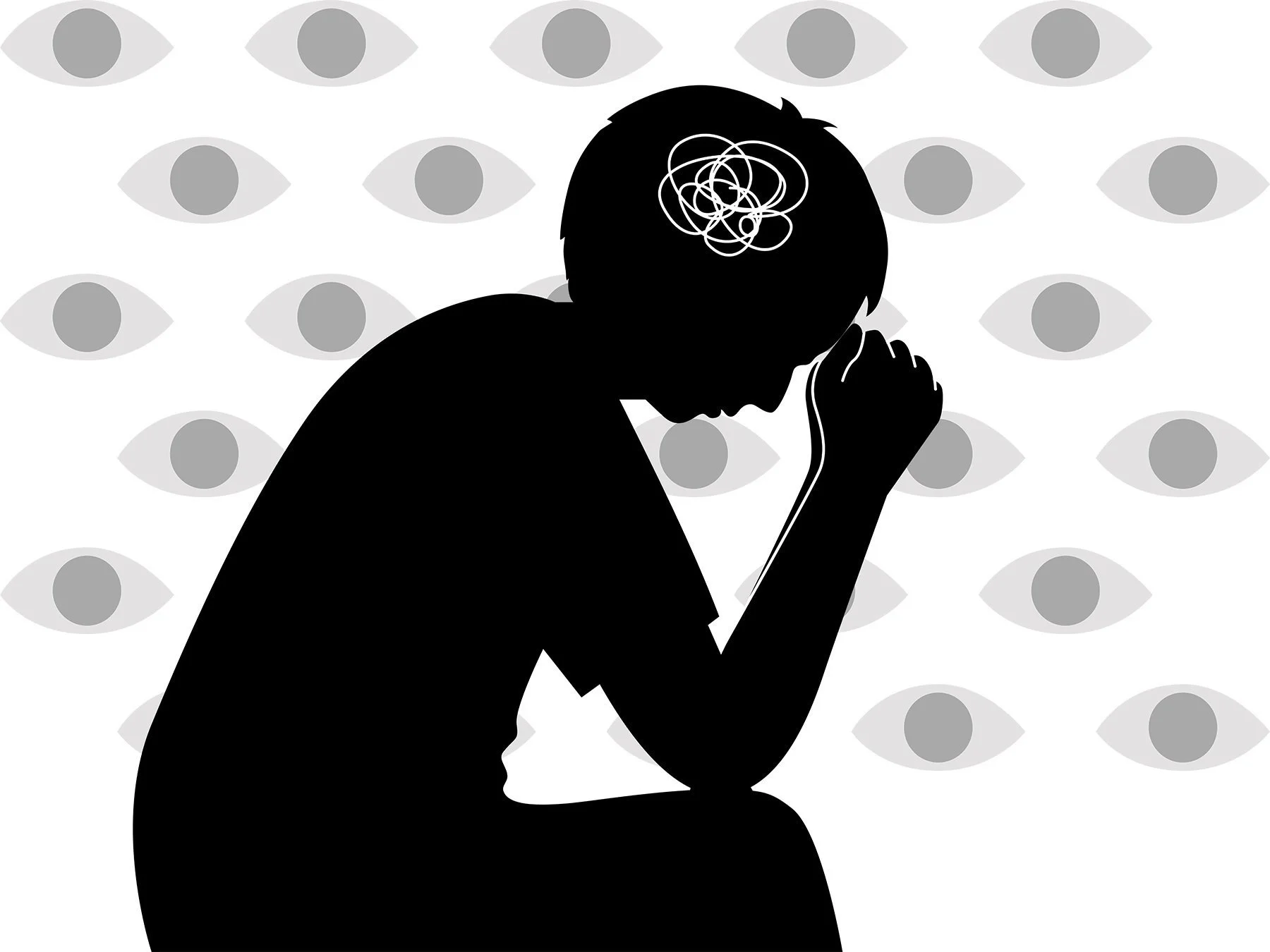Countering Stigma: Redefining the Narrative on Substance Use and Mental Health
The weight of stigma
Thomas’s friends and family would describe him as vicarious, hard-working, and clever, but his life took a sharp turn – while working as a self-employed roofer, he experienced a debilitating back injury. In the acute phase of his injury, he was prescribed opioids to manage the pain, but the pain was chronic and Thomas became dependent on opioids, starting to buy them illicitly. His injury prevented him from consistently working, and with no savings or adequate insurance, he quickly spiraled into debt and was having difficulty making rent each month. Thomas felt ashamed and his confidence, happiness, and self-worth deteriorated. He began to withdraw from his friends and family and developed anxiety and depression. Although he had been close to his family, talking about mental health or substance misuse was seen as taboo – a sign of weakness – so Thomas didn’t feel comfortable reaching out. Plus, in his rural town, services for both mental health and substance use were scarce at best. He didn’t have a relationship with any providers in town, and he was terrified someone he knew might see him walking into the treatment center clinic. Thomas felt paralyzed by a deep sense of shame and loneliness.
What is stigma?
Stigma can cast a dark shadow over people struggling with substance use and mental health. Stigma suggests an individual has an inherent character flaw or is a moral and personal failure. In the eyes of society, they may be labeled as weak, flawed, or unworthy – a narrative that only serves to deepen their pain. According to the Substance Abuse and Mental Health Services Administration (SAMHSA), stigma remains a major obstacle to seeking help for substance use and mental health disorders, which ultimately serves as a barrier to recovery. Stigma related to substance use disorders may include assumptions that an individual is dangerous, just isn’t “trying hard enough,” or is entirely to blame for their condition. The American Psychiatric Society notes three types of stigma: self-stigma, public stigma, and institutional stigma. Often, an individual will experience stigma at all levels, as was the case with Thomas.
The pervasiveness of stigma
Research indicates that individuals who experience stigma related to conditions like HIV and substance use disorder are more likely to develop a mental health condition like depression or anxiety. According to SAMHSA’s 2022 National Survey on Drug Use and Health, approximately 21.5 million adults in the United States had a co-occurring disorder, which means that they experienced both a mental illness and a substance use disorder.
The impact of stigma extends far beyond individual experiences—it ripples through families and communities. Families grapple with the shame of having a loved one struggle with addiction or mental illness, leading to distancing and further isolation for the individual. Communities are divided, with stigma breeding ignorance and perpetuating harmful stereotypes.
Stigma can manifest in various forms of discrimination, including social, employment, and healthcare-related discrimination. Individuals may face barriers to accessing treatment due to discrimination from healthcare providers, insurance companies, or employers, further discouraging them from seeking help.
Stigma can also contribute to systemic barriers that limit access to mental health and substance use treatment services. These barriers may include insufficient funding for mental health programs, limited availability of culturally competent care, or disparities in insurance coverage for mental health services.
Challenging the narrative
What many people don’t understand is that substance use disorder changes the brain in many individuals, making drug use or misuse compulsive. When people are penalized for their addiction, it suggests a flaw in their character rather than a health condition that requires appropriate medical – and often behavioral – interventions. Similarly, mental health conditions are not due to weakness or lack of effort. A 2022 national survey indicates that 48.7 million people aged 12 or older (or 17.3%) had a substance use disorder (SUD) in the past year and almost 1 in 4 adults aged 18 or older had any mental illness. Recognizing that substance use/misuse and mental illness impacts all of us – friends, family, coworkers, neighbors – in some way is essential to shifting how we think about and treat those who are struggling.
Encouraging empathy and compassion
At the heart of the fight against stigma lies empathy and compassion – qualities that can bridge the divide between judgment and understanding. By listening without judgment and offering support without reservation, we can create spaces where individuals feel seen, heard, and valued.
When talking to or about people with SUD, make sure to use words that aren’t stigmatizing.
Prioritize culturally competent care that addresses the experiences, background, and demographics of the individual.
We must recognize that stigma is harmful and counterproductive, as it discourages individuals from accessing the care and support they need. Addressing stigma through education, advocacy, and compassionate support can help create a more inclusive and supportive environment for individuals struggling with mental health and substance use disorders.



